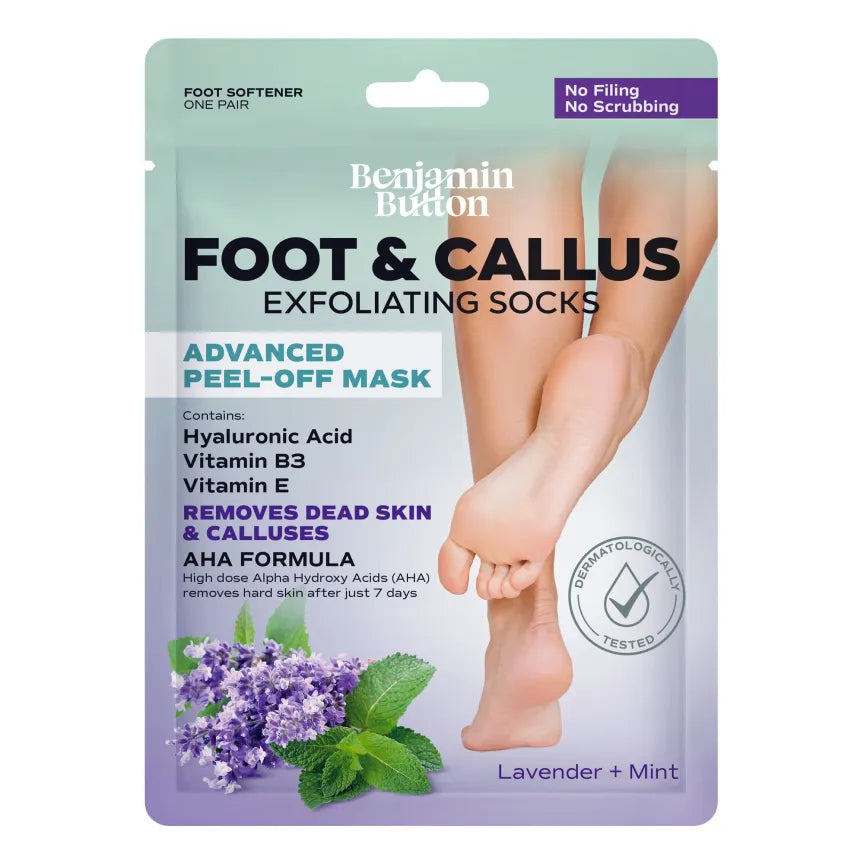Understanding Low-Fiber Vegetables
When it comes to nutrition, not all vegetables are created equal, especially when it comes to their fibre content. While many vegetables are celebrated for their high fibre levels, there are a handful that are known for being low in this essential nutrient. These low-fiber vegetables can still play a pivotal role in a well-rounded diet, particularly for those who may need to reduce their fibre intake for digestive reasons or other health concerns.Why Low-Fiber Veggies Matter
Low-fiber vegetables can be incredibly beneficial for certain groups, such as individuals preparing for gastrointestinal surgery or those experiencing flare-ups of conditions like irritable bowel syndrome (IBS). Including low-fibre produce in meals can aid in digestion, provide vital nutrients, and help maintain a balanced diet without overwhelming the system.11 Common Low-Fiber Vegetables
When considering a diet that includes low-fibre vegetables, here are eleven that you may want to include in your meals:- Potatoes: Whether baked, mashed, or roasted, potatoes are rich in vitamins and minerals while being low in fibre, especially when peeled.
- Carrots: Raw carrots have a crunchy texture and are sweet, yet they are low in fibre content, making them an excellent choice for low-fibre diets.
- Zucchini: This versatile vegetable can be cooked in a multitude of ways and is low in fibre, allowing for easy digestion.
- Beetroot: Packed with nutrients and a natural sweetness, beetroot is not only low in fibre but also adds a burst of colour to any dish.
- Bell Peppers: With their vibrant colours and crunchy texture, bell peppers are a flavourful option low in fibre that can be enjoyed raw or cooked.
- Cucumbers: Refreshing and hydrating, cucumbers are low in fibre and can be a light addition to salads or sandwiches.
- Eggplant: This unique vegetable, often used in Mediterranean dishes, is low in fibre and can be grilled, baked, or sautéed.
- Spinach: While raw spinach has some fibre, when cooked, it significantly reduces its fibre content, making it gentle on the stomach.
- Squash: Varieties like butternut and acorn squash are low in fibre when cooked, offering a creamy texture to soups and casseroles.
- Rutabaga: A lesser-known option, rutabagas are nutritious and low in fibre, primarily used in soups and stews.
- Cooked Broccoli: While raw broccoli is higher in fibre, cooking it reduces the fibre content significantly, making it more digestible.
Nutritional Benefits
Even though these vegetables are low in fibre, they still carry a wealth of nutritional benefits. Incorporating a variety of these options into your meals can provide essential vitamins and minerals that support overall health.Essential Nutrients Found in Low-Fibre Veggies
Here are some key nutrients typically found in the aforementioned low-fibre vegetables:- Potassium: Found in potatoes and beetroot, potassium is important for heart health and muscle function.
- Vitamin C: Bell peppers and zucchini are rich in vitamin C, essential for immune function and skin health.
- Vitamin A: Carrots and spinach are known for their high levels of vitamin A, which is vital for eye health.
- Folate: Spinach and broccoli provide folate, a key nutrient for cell division and the production of DNA.
- Antioxidants: Many low-fibre vegetables are rich in antioxidants, which help combat oxidative stress in the body.
Incorporating Low-Fibre Veggies into Your Diet
When looking to include low-fibre vegetables in your meals, consider these simple strategies to maximise their benefits:- Soups and Stews: Use low-fibre vegetables as a base for soups or stews, combining them with low-fibre grains for a comforting meal.
- Purees: Create smooth purees with vegetables like potatoes and carrots for easy-to-digest side dishes.
- Stir-Fries: Quick sauté low-fibre options with protein sources like chicken or tofu for a balanced and hearty meal.
- Salads: Incorporate crunchy low-fibre veggies like cucumbers and bell peppers into salads for added texture without too much fibre.
- Baked Dishes: Include low-fibre vegetables in casseroles or baked dishes, allowing them to absorb flavours and enhance the meal.






















